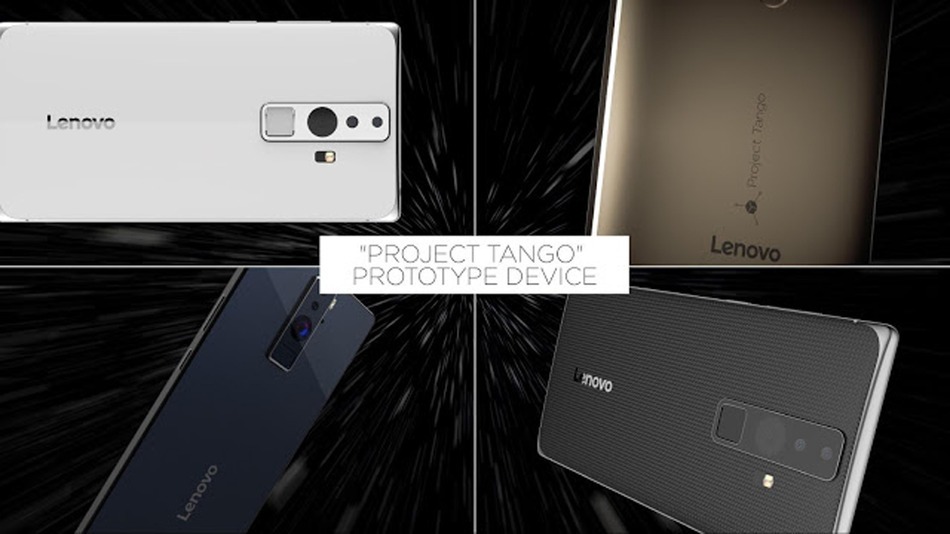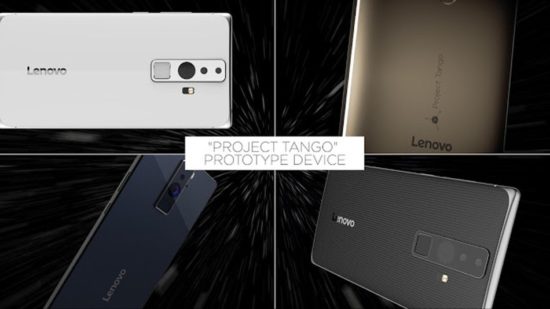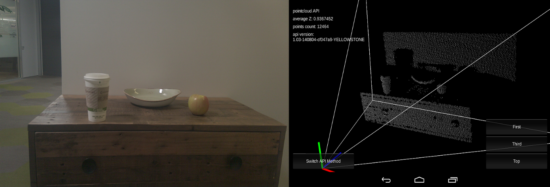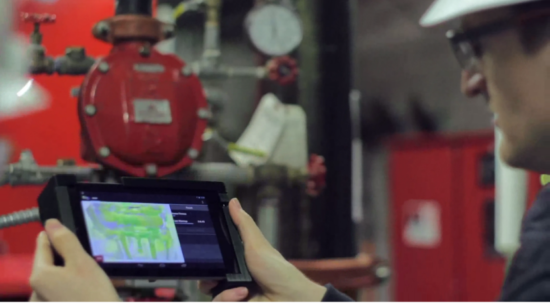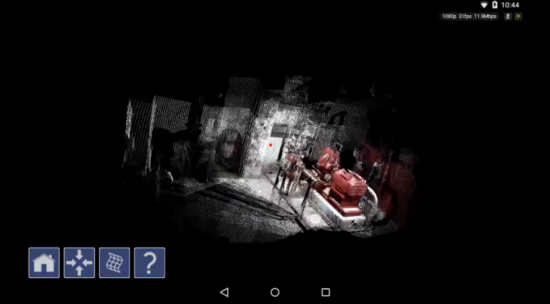Quite a few months ago the Gadget Helpline published an article about Project Tango; the AR project initiated by Google. Things have developed since then obviously, and the first consumer Project Tango device is due to launch in a matter of weeks.
Lenovo have now partnered with Google to release a smart phone capable of implementing Project Tango. The look, feel and cost of the device are yet to be known but Lenovo have revealed that the handset will be equipped with Qualcomm’s Snapdragon 810 processor.
Also See: What is Google Project Tango?
The target behind the project is to give smartphones a sense of where they are in the world using a set of sensors that include depth perception and motion. When the data from these sensors are combined with custom computer vision software (AR) the result is a device capable of creating AR experiences, not currently possible with your typical smartphone or tablet.
Woorld maps the room you are playing in and then creates a world based on your own room. It is for all ages and is more of a ‘welcome to AR’ kind of game than anything else but is still quite cute and probably a lot of fun. Woorld is one of many games that will be appearing on Project Tango.
So, if the game wants to detect when the user is approaching a wall or other object in the play area and include that info as part of the gameplay, how does it accomplish this?
By combining Depth Perception with Motion Tracking, the Tango enabled device can measure distances between points in an area that aren’t in the same frame. From this info we can expect that the room will need to be mapped first by the device to enable playing.
“The Project Tango APIs provide a function to get depth data in the form of a point cloud. This format gives (x, y, z) coordinates for as many points in the scene as are possible to calculate. Each dimension is a floating point value recording the position of each point in meters in the coordinate frame of the depth-sensing camera.”
As well as games, the possibility with apps is endless:
Project Tango was first introduced in 2014 by Google’s Advanced Technology & Projects group and, until now, has been limited to research projects, prototypes and developer kits. This summer when Lenovo releases the first enabled device, the consumers can finally get their hands on it and we shall see what develops from that point onwards with excitement!
Source: Lenovo.com
